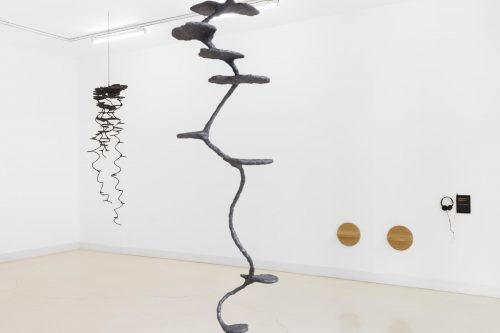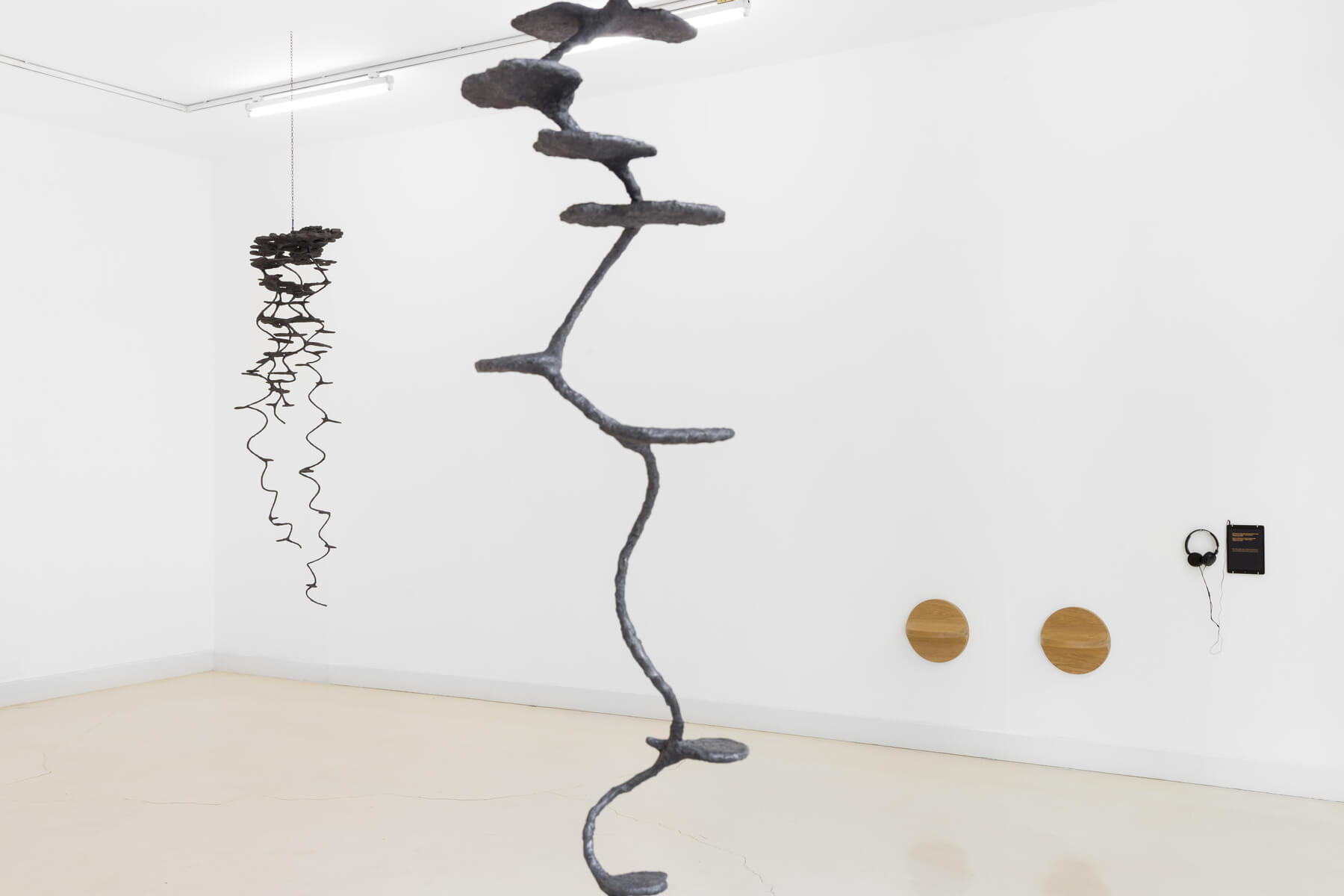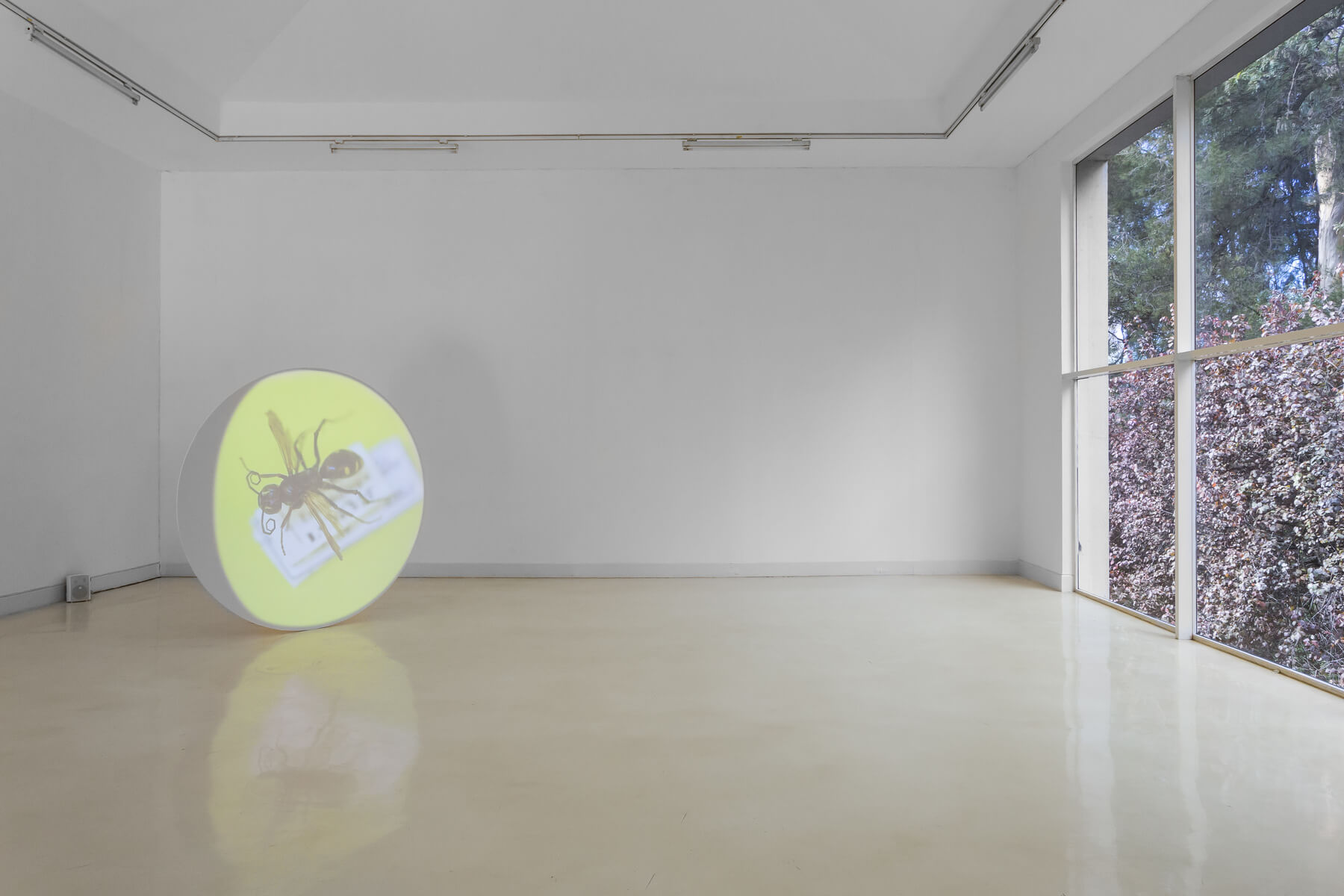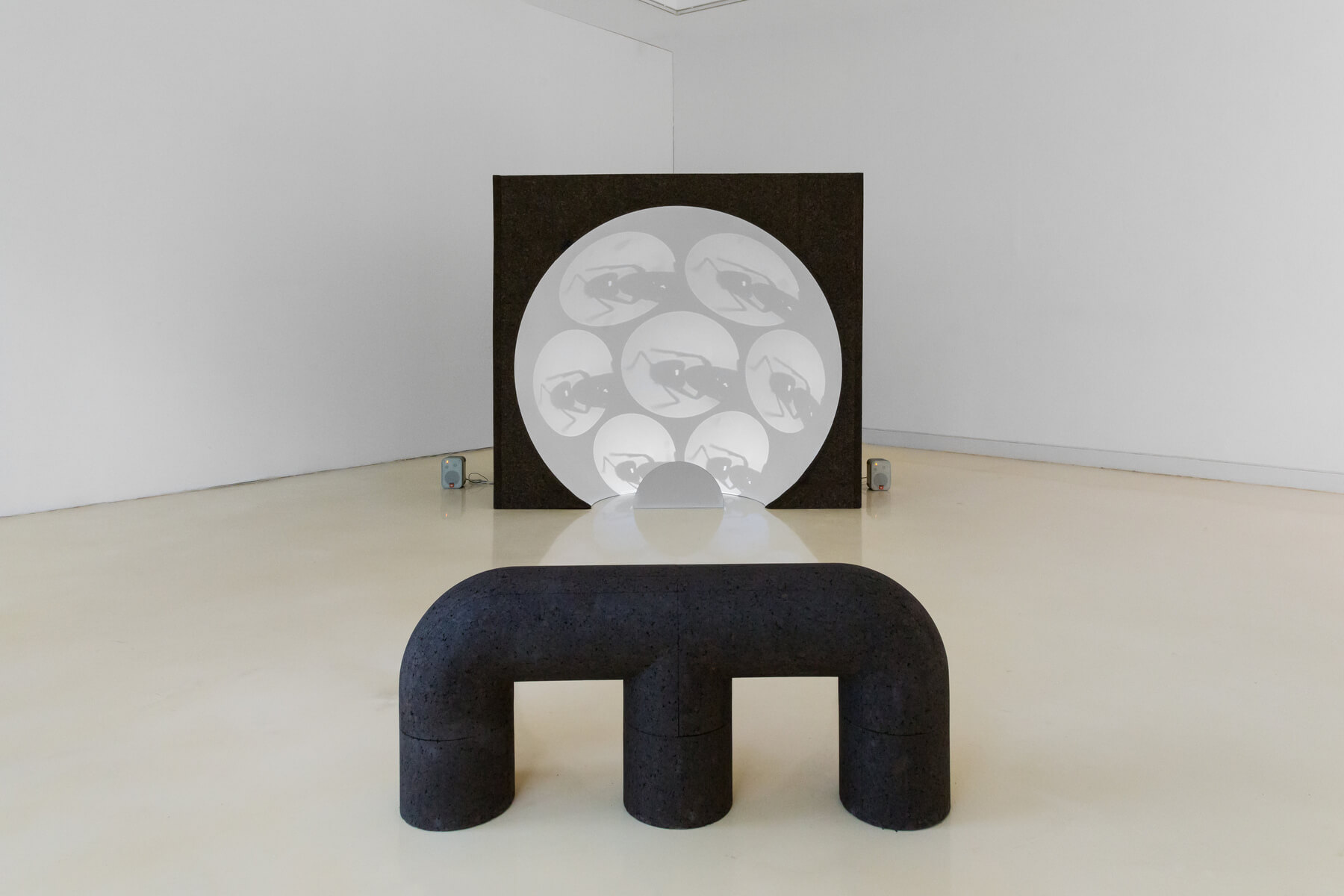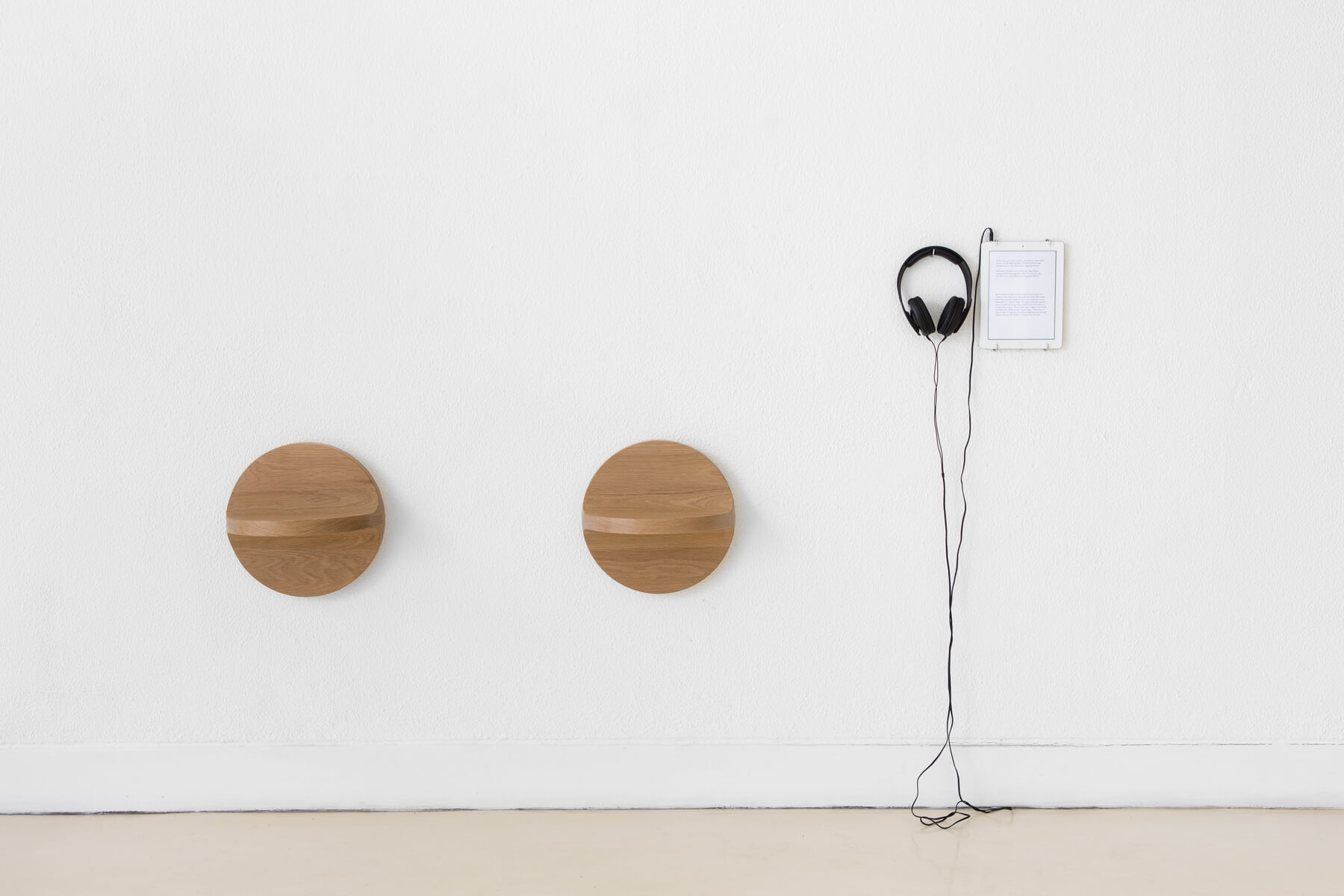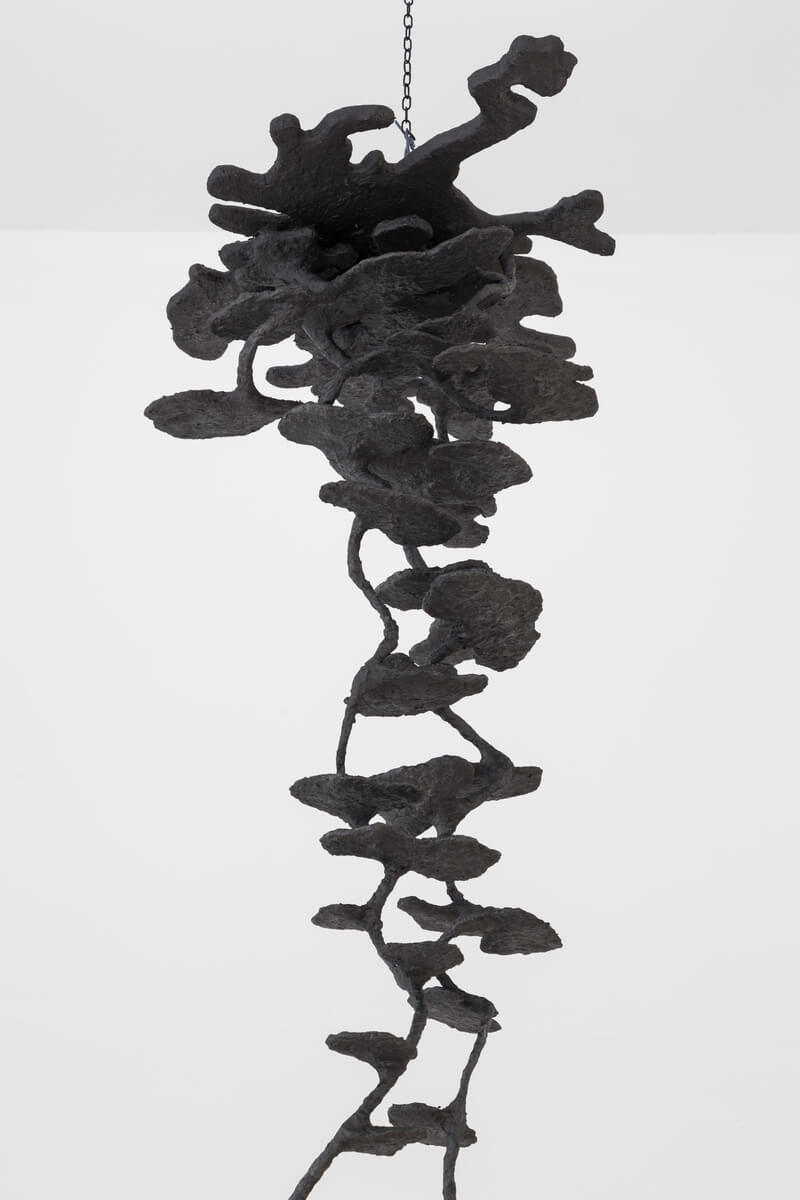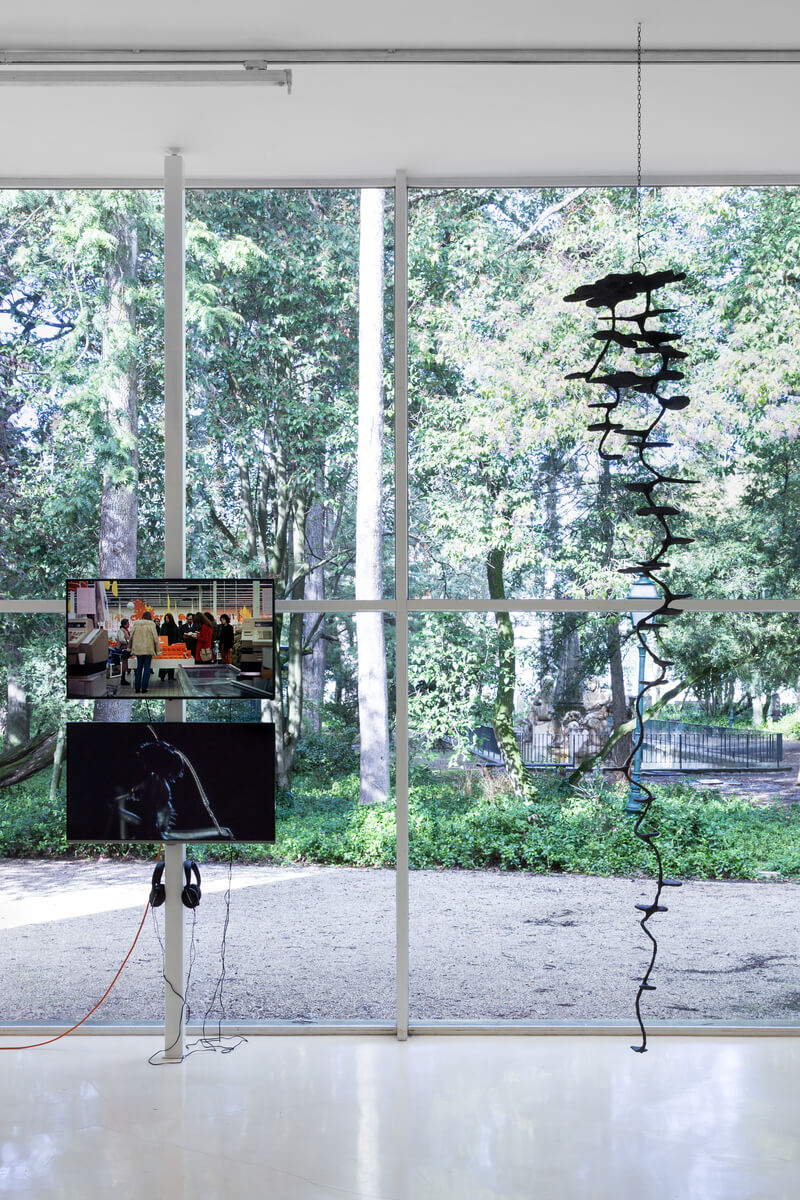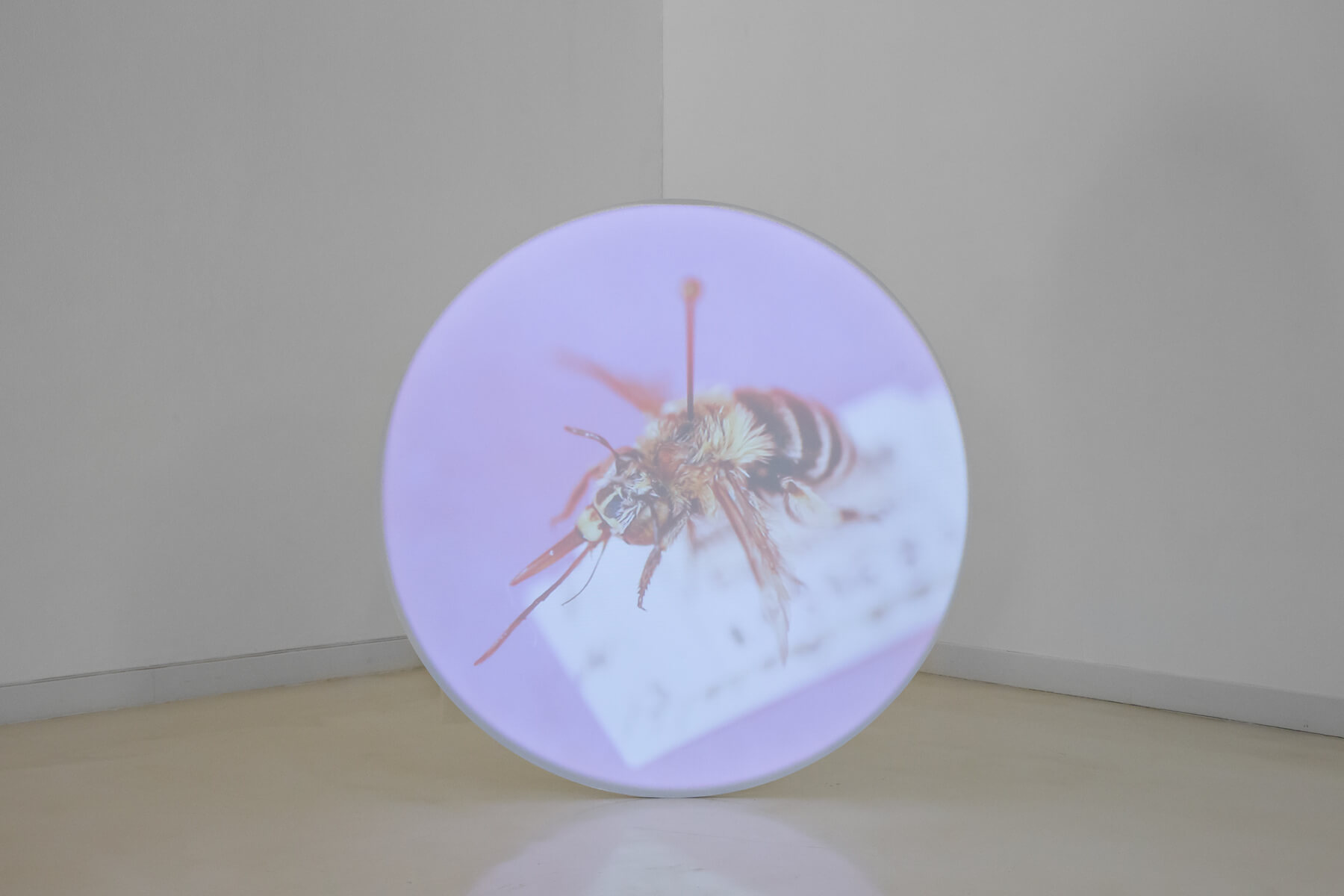– 27.01.2019
The Pavilion of Social Forms problematises the historical relationship between animal and human societies, analysing the movements of swarms and crowds and some of their recent mutations. The pavilion compares human collectives and social insects – such as ants and bees – and examines how the porous relationship between nature and culture permeates social policies, technology and the development of artificial intelligence. In an age when control and surveillance do not seemingly oppose the ideals of horizontality and immanence: in what ways do techno-utopian visions inform current technological systems? How do these systems reconfigure the space of potential the body politic, and at what point do they become an ideology?
The history of social insects raises questions about instinct – understood in evolutionary terms in opposition to intelligence since Darwin – representing strangeness and alterity in contrast to human intelligence. Questioning how animal intelligence and crowd behaviour can be reinterpreted in the algorithmic era, this exhibition crosses several axes of reflection unfolding over the various spaces of the pavilion.
The series of new commissions by Mariana Silva expands upon the speculative fiction of her previous exhibition Olho Zoomórfico (Zoomorphic Eye, Museu Gulbenkian, 2017). In Pavilion of Social Forms, the artist uses a visual lexicon composed of documentary images that cross-references scientific and biopolitical chronologies, including excerpts of B-grade Hollywood films. At the entrance of the pavilion, we find a chronology of references on the social history of insects and crowds. And in the two contiguous rooms, visitors find – juxtaposed with the garden windows – a series of screens showing excerpts of science fiction films and cartoons that also incorporate narratives of insects, ants, and human crowds.
Both rooms also feature a series of metal and papier maché replicas of anthills of the species Pogonomyrnex badius made by the artist Edgar Pires. The shapes of the anthills were collected by the myrmecologist Walter Tschinkel by pouring a metallic alloy into the nests’ openings. The molten metal filled the negative space of the ant nest and created a mould that reveals the complex matrix of its underground architecture.
In these rooms we can observe the sculptures and videos against the background of the garden, while accessing interviews with theorists Charlotte Sleigh, author of Six Legs Better: A Cultural History of Myrmecology (2007); Jussi Parikka, author of Insect Media: An Archaeology of Animals and Technology (2010); Tania Munz, author of The Dancing Bees: Karl Von Frisch and the Discovery of the Honeybee Language (2016); and Stefan Jonsson, author of A Brief History of the Masses: Three Revolutions (2008).
The upper floor of the Pavilion of Social Forms displays the new video Swarms/Throngs (after Networks, Swarms, and Multitudes) which juxtaposes the point of view of various disciplines, such as technology, biology and philosophy that study immanent forms. It explores science and technology scholar Donna Haraway’s question as to whether there “can be a unit of analysis smaller than the relation”, and revisits philosopher Eugene Thacker’s 2004 reflection on the mutation of our conception of the body politic in Networks, Swarms, and Multitudes.
From the point of view of the mammal, is a work developed by the artist in 2017 where we can see an insect being indexed in a museum while a narrator reports on the perspective of non-human minds – whether animals, alien or robotic – as we take on the point of view of an insect, or mutant mammal, through the reification of an insect’s particular visual singularity.
– Margarida Mendes, curator
– 27.01.2019

